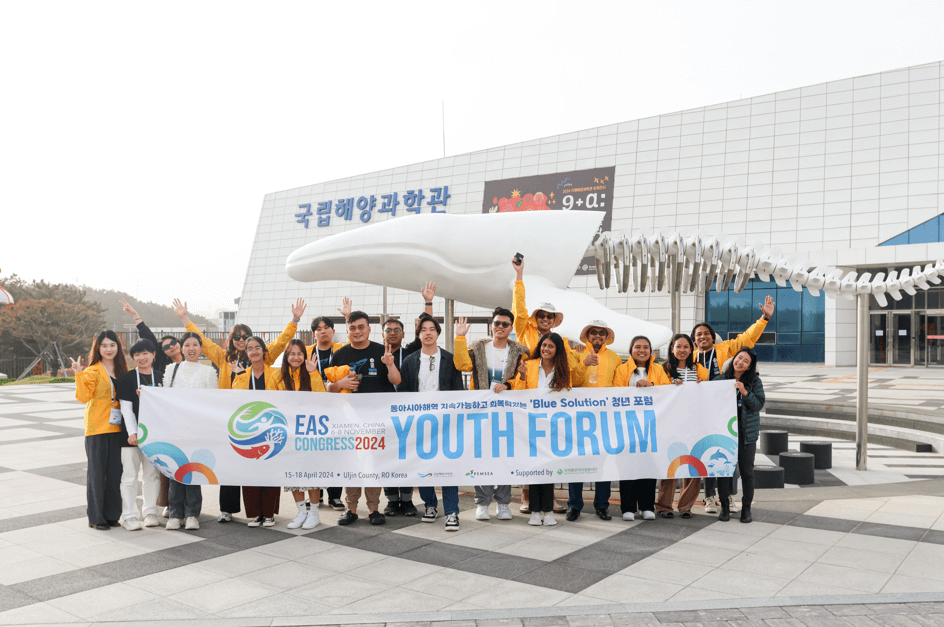Save Plant and Animal Species. Save Our Planet. Save Our Future
Tuesday, 8 June 2010

Laguna, Philippines — Scientists estimate that there are between five to 100 million plant and animal species sharing this planet with us. Thus far, only about two million of these species have been identified. But did you know that 17,291 of these plants and animals are threatened with extinction? In the ASEAN region alone, 2,517 out of 8,613 or 30 percent of species assessed by the International Union for Conservation of Nature are threatened. Once these species go extinct, we will never see them again for extinction is irreversible.Drastic environmental changes brought largely by economic activities and irresponsible human practices are causing serious harm to plants, animals, and their habitats. The observation of the millennium Ecosystem Assessment of 2005 which cited that "changes in biodiversity due to human activities were more rapid in the past 50 years than at any time in human history," has never been more apt in the ASEAN region.We are at the center of biodiversity loss. While human beings are causing the greatest harm to plants and animals, we also have the capacity to save them from further destruction. Conserving biodiversity is akin to saving our own lifeline since biodiversity is the foundation of our survival. The food we eat, the medicine we take, the water we drink, the clothes we wear, and the shelter we live in are all products of biodiversity.The ASEAN Centre for Biodiversity, our partners at the European Union, and our stakeholders in the 10 ASEAN Member States, therefore, encourage everyone to celebrate World Environment Day 2010. This year's theme is "Many Species. One Planet. One Future." The topic is particularly timely as 2010 is the International Year of Biodiversity. This year gives us a special opportunity to learn more about biodiversity and its value in our lives. The more we know about biodiversity, the better we can help conserve it for future generations.If no action is done to combat biodiversity loss, the peoples of the ASEAN region stand to lose a great deal. Dire consequences in all sectors could seriously hinder Southeast Asia's sustainable development and poverty reduction efforts.The good news is that something can still be done.Join us in conserving biodiversity. Fighting biodiversity loss and its impacts is a shared responsibility among all of us who stand to lose so much - our planet and its various natural treasures that sustain our very existence. There are practical actions that individuals can take:Plant trees. This will help create homes for animals. Planting trees can also help curb the impacts of climate change — one of the major drivers of biodiversity loss.Save on energy.Save on paper.Save on fuel.Learn more about biodiversity and share it with your family, friends, and colleagues.Do not patronize wildlife products (fur, tusks, hooves, etc).Recycle and re-use. Better yet, spearhead a recycling drive.Turn off the lights in an empty room.Stop using plastic bags.There are endless possibilities.We call on the business sector to help by supporting biodiversity conservation programs as part of their corporate social responsibility initiatives. The academe can incorporate the values of biodiversity in their lesson plans. Governments can strengthen the implementation of environment protection laws, particularly those related to the sustainable use of plants and animal species.We call on citizens in the ASEAN region to contribute their share in this battle against biodiversity loss. Let us act together now!




